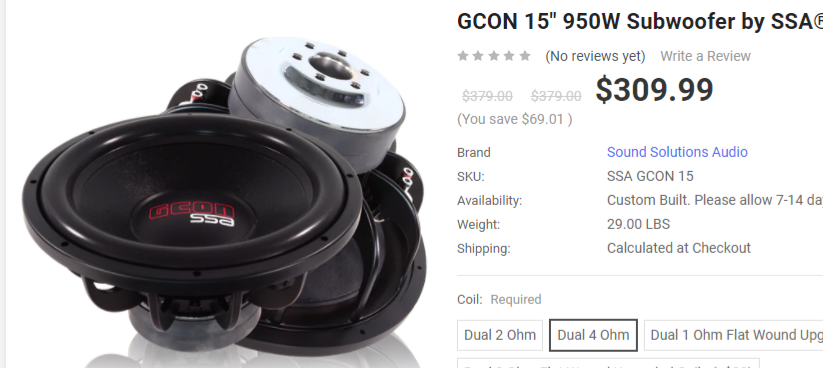Nominal resistinace in ohms seems to be simply the wire resisitance. you can actually have a really low resistance potetionally when a sub is at peak xmax in one direction and the suspension pulls it back down. And in all reality, higher average resistance loads on the amp will make the amp more efficient and run cooler, which can often times makes the system play better. I've hooked up a fi q 15 at 1 ohm vs 4 ohm in my f150. only had it all stock electrical + a batcap 2000 in the back. The sub was literally almost as loud at 4 ohms as it was at one. That's 1200w vs 450w on my amp. There's a balance in electrical systems that's important to find. I had 380 ah worth of batteries in my exploder and a 300 amp EA alt charging @ 15v. All this for a 200 w x 2 channel and 2 1200w sub amps bridged. I was able to run my subs at 1.4 strapped vs the rated 2 ohms. When you start doing that, running low ohms without a very hefty charging system and batteries, you can get wild peaks because the sub resistance at certain notes will be way louder because you're already struggling to keep voltage and when that notes hits and the resistance drops at that note, it puts more power through the sub. But when your box is musical oriented with a smaller port and it's designed for a wide bandwidth, that more even resistance keeps the sub voltages more in line across your frequency bandwidth. My 2 18's had an insane peak around like 65 hz where I would drop into the 11 volt range at full tilt, even with all of that electrical. it was loud as ****. Had to do with my low tuning and the fact the box was sort of larger than it needed to be for extending up that high. So on my 9887, I did a like light -6 or -12 db per octave crossover at 50 hz, so it would soften everything above 50 hz a little, and wouldn't rape my equipment playing over 60 hz. Worked out really well actually.



